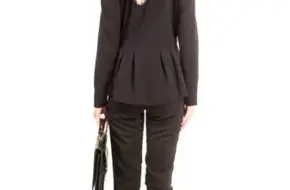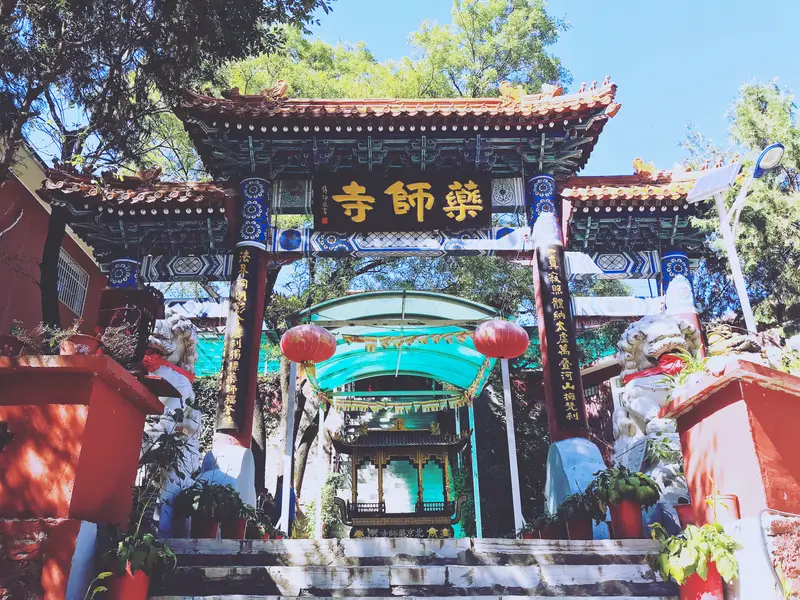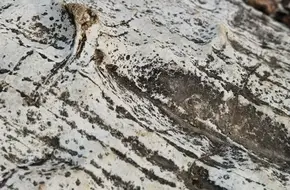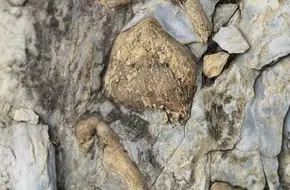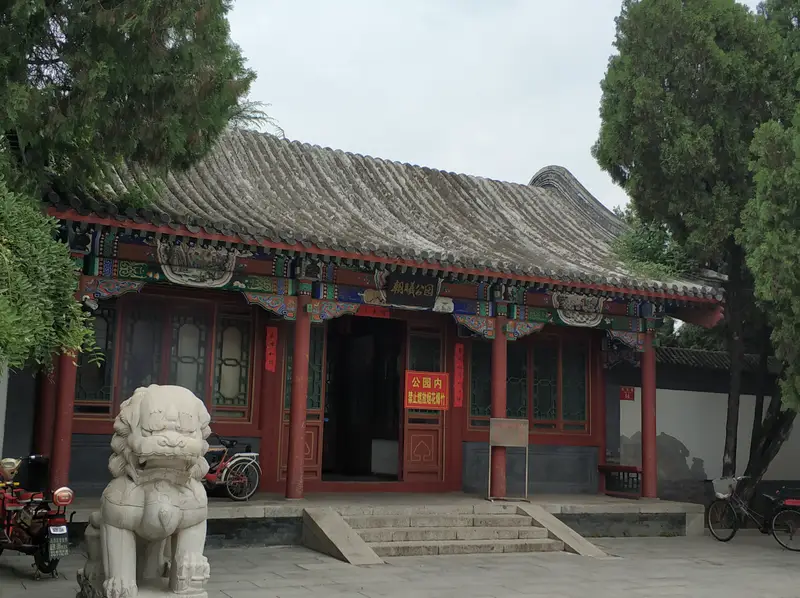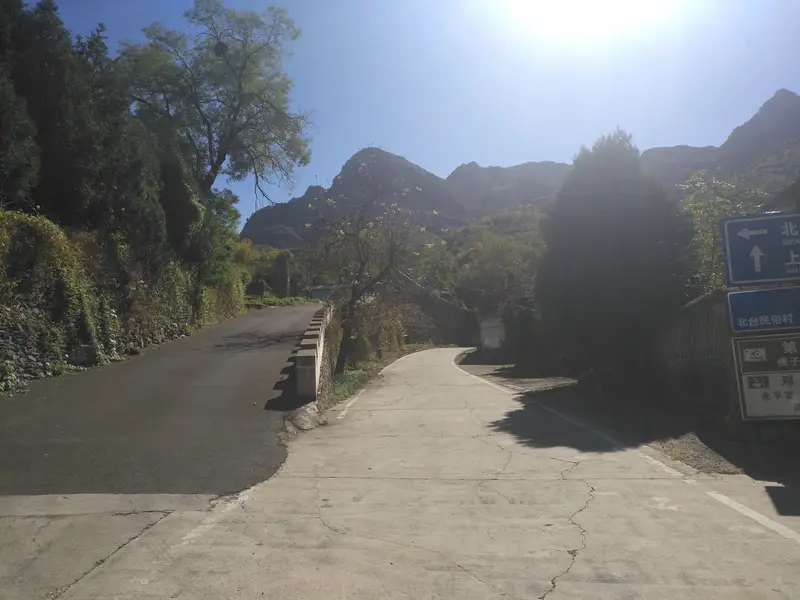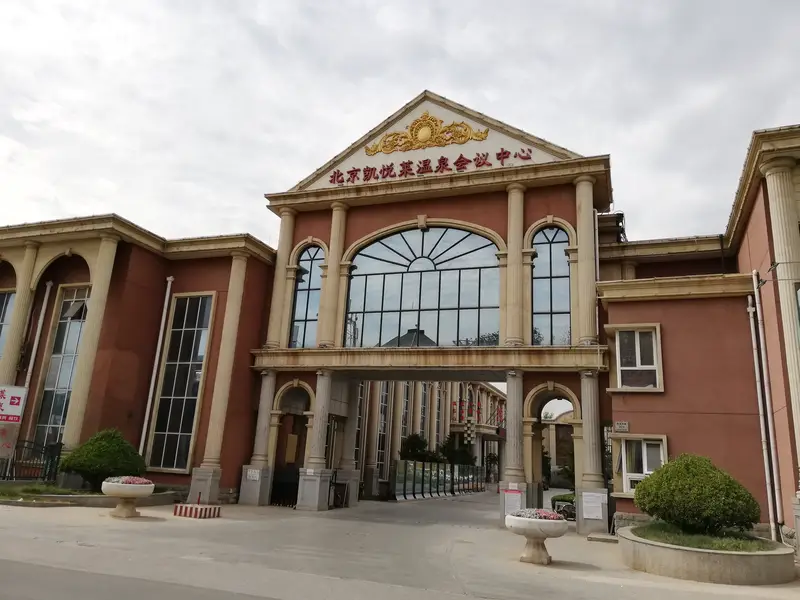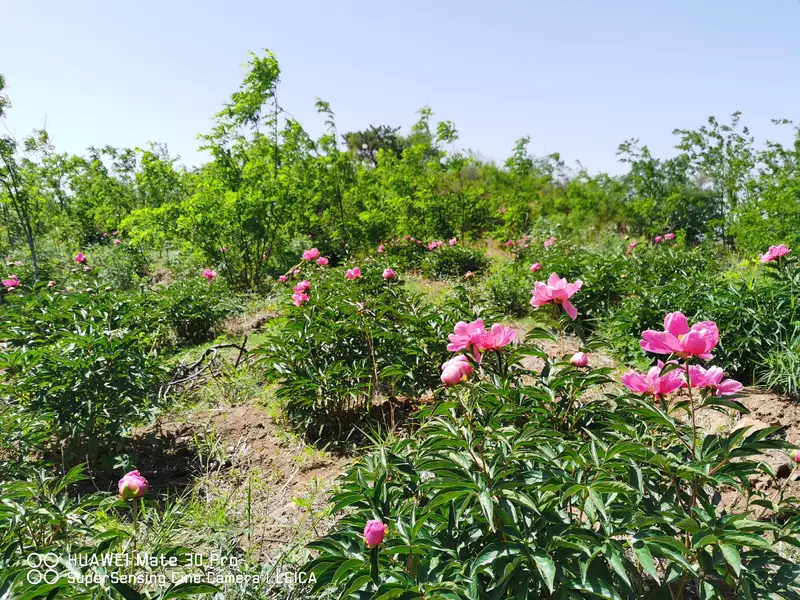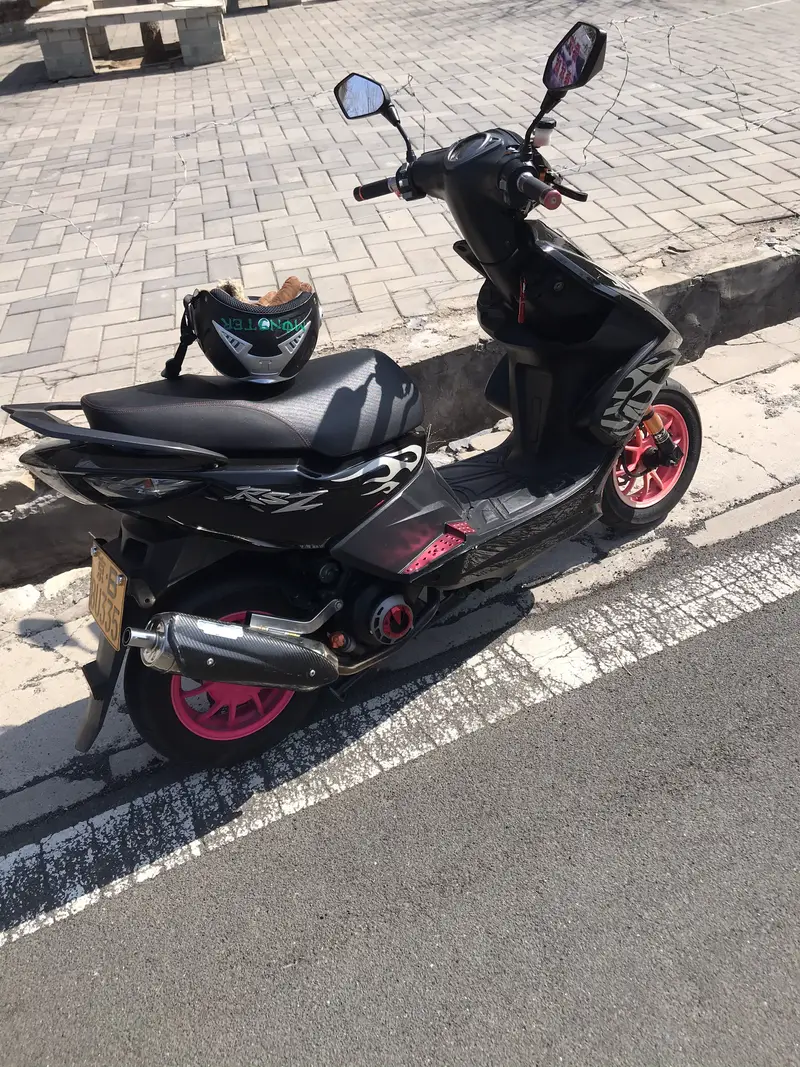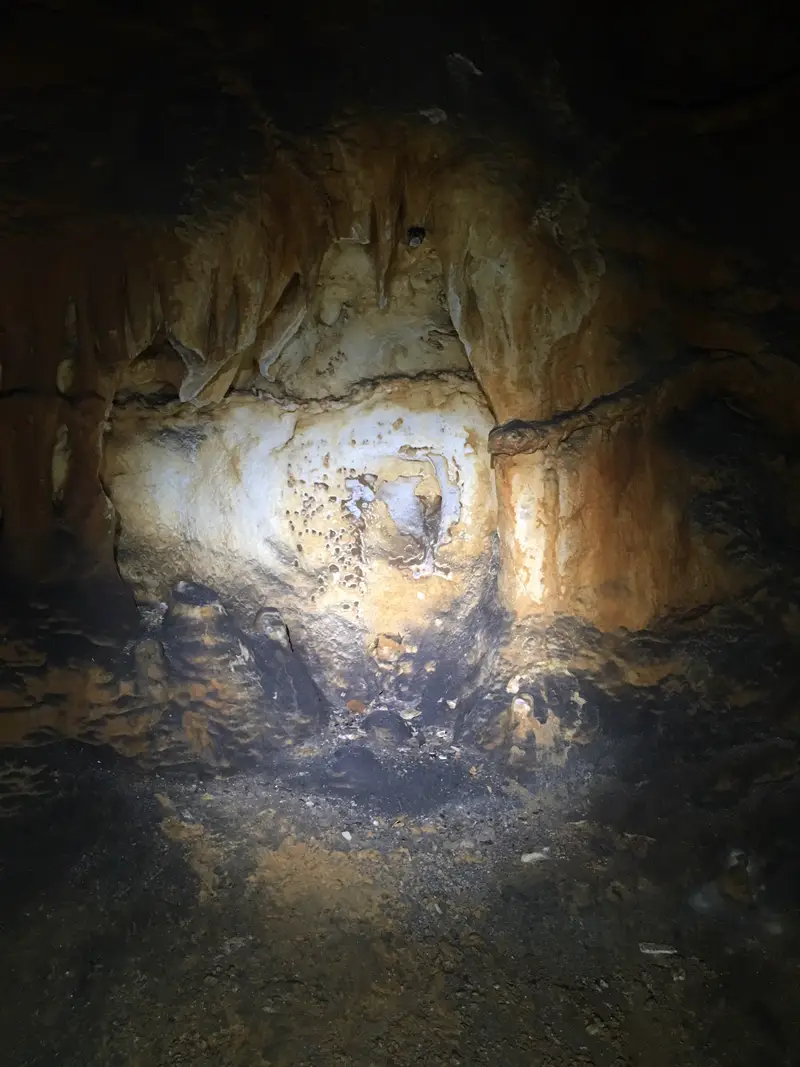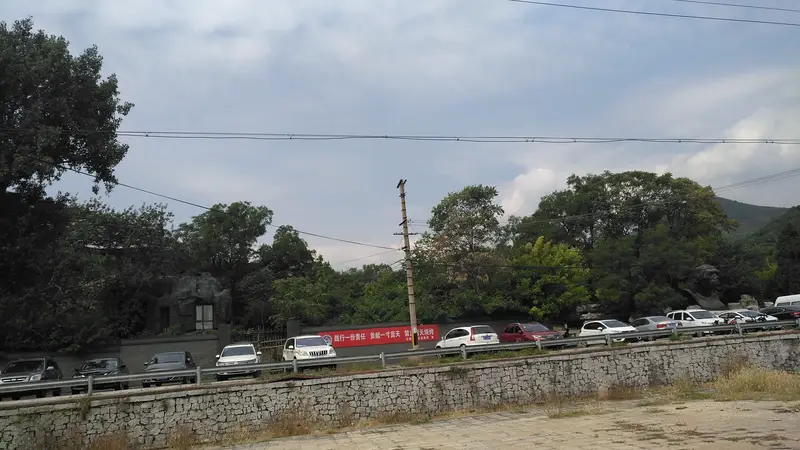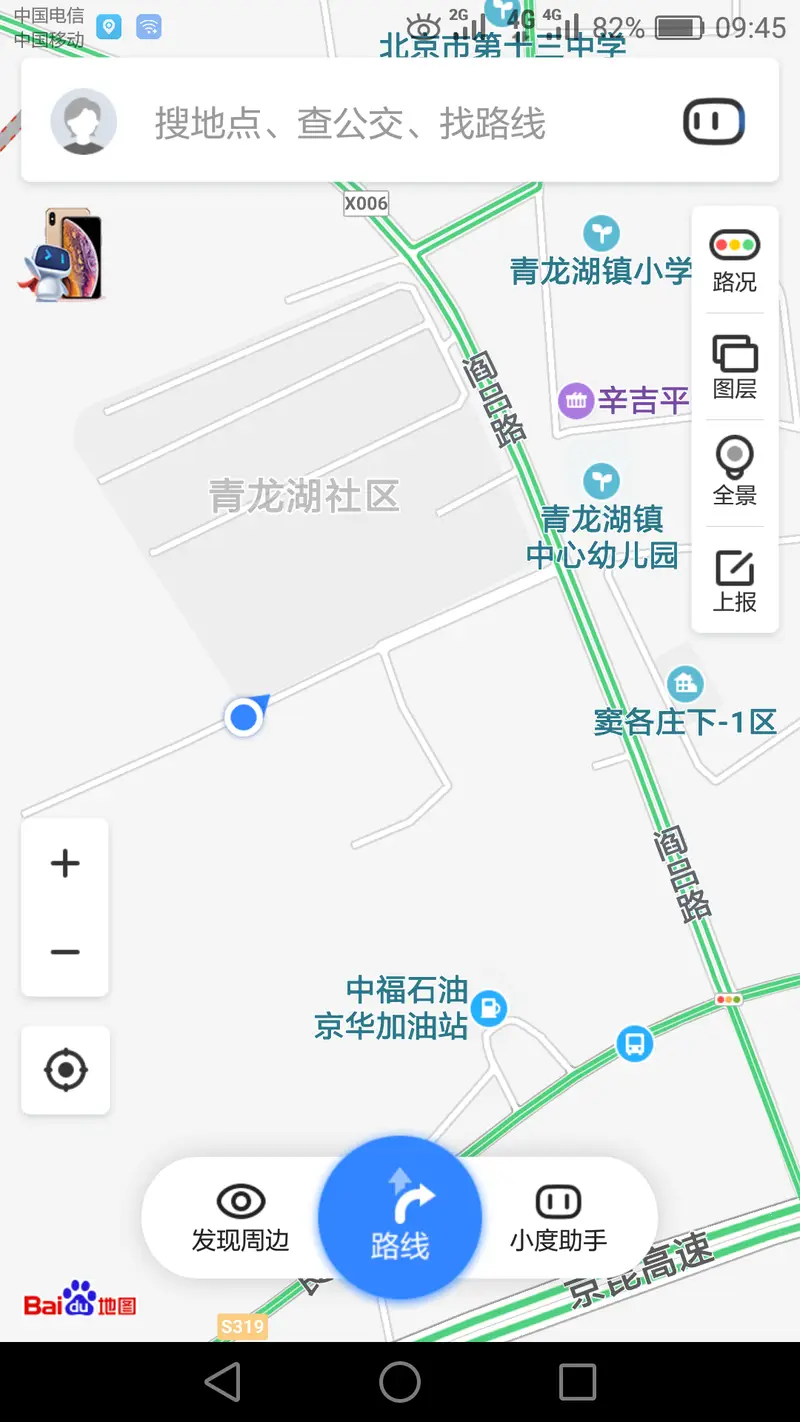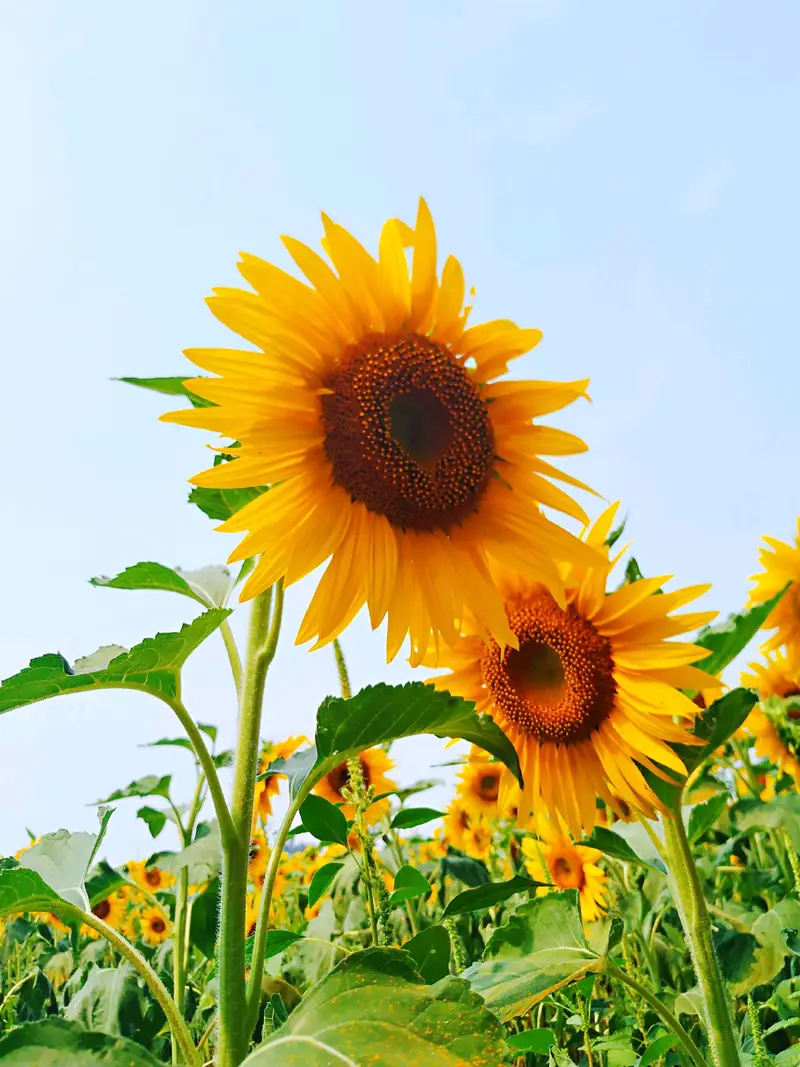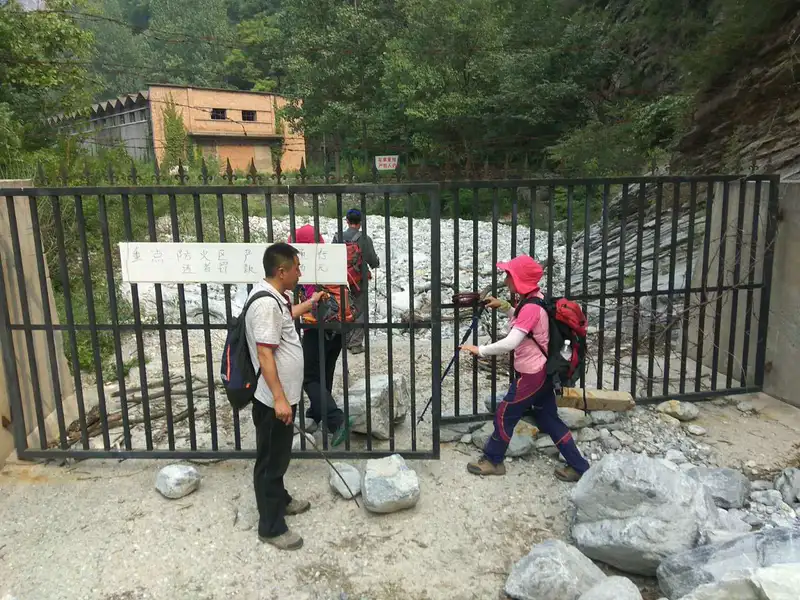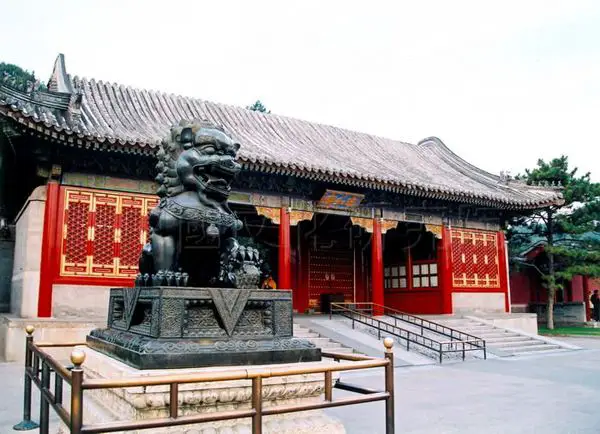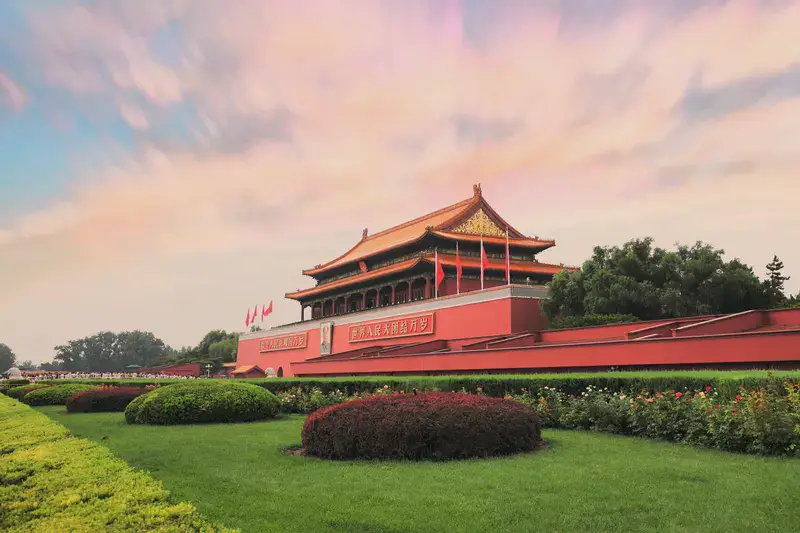Geography and Location
Yaoshi Temple, nestled in the scenic Fangshan District of Beijing, sits quietly near Baolai Road, surrounded by rolling hills and lush greenery. Though it’s a bit off the beaten path compared to central Beijing’s hustle, its remote location adds to the charm—peaceful, away from crowds, and perfect for those wanting to escape the city buzz. The temple feels like a hidden gem, blending naturally with the mountains and forests that hug it.
How to Get There
Reaching Yaoshi Temple requires a bit of adventure! If you’re driving, take the Jingkong Expressway (G4) and follow signs toward Fangshan. The temple is about 1.5 hours from downtown Beijing by car. For budget travelers, take the subway to Fangshan Line’s final stop (Liangxiaoying Station), then hop on a local bus—ask drivers or fellow passengers for guidance, as routes might change. Many tourists also join day-trip groups that include Yaoshi Temple in their itinerary. Pro tip: Visit on a weekday to avoid traffic jams!
Natural Scenery
The grounds of Yaoshi Temple are a treat for nature lovers. Ancient trees line the paths, and a small stream gurgles nearby, creating a soothing soundtrack. In spring, cherry blossoms and magnolias burst into color, while autumn paints the hills in fiery reds and oranges. The temple’s gardens, though modest, offer shaded pavilions where you can sit and soak in the mountain views. It’s easy to forget you’re just an hour from the city!
Cultural and Historical Vibes
Yaoshi Temple isn’t as famous as Beijing’s Forbidden City, but its history is deep. Built during the Tang Dynasty, it’s dedicated to the “Medicine Buddha” (Sāndìng), symbolizing healing and compassion. The main hall, Daxiongbaodian, houses a towering statue of the Buddha, flanked by vivid murals that tell stories of Buddhist lore. Wander through the prayer halls, and you’ll spot intricate wooden carvings and ceiling frescoes—a peek into ancient Chinese artistry.
Practical Amenities
Don’t worry about roughing it here! Yaoshi Temple has clean restrooms and drinking water stations. Nearby, local vendors sell snacks like baked pancakes (jianbing) and steamed buns. For meals, a 10-minute walk leads to small restaurants serving hearty northern dishes (try the lamb hotpot!). The temple also has a gift shop with souvenirs like incense, prayer beads, and hand-painted fans—great for picking up thoughtful gifts.
Exploring the Temple
A visit to Yaoshi Temple feels like stepping back in time. Start at the Sanyuejiao (Triple Moon Pavilion), where monks sometimes chant scriptures. The Bell Tower offers gentle chimes that echo through the valley. For a quiet moment, sit by the lotus pond near the exit—it’s a favorite spot for photos. If you’re lucky, you might catch a glimpse of resident peacocks strutting around!
Tips for Your Visit
- Best Time: Spring (April–June) and fall (September–October) offer mild weather and stunning foliage.
- Etiquette: Dress modestly (cover shoulders and knees) and speak softly, as it’s an active religious site.
- Hidden Gem: Few tourists know about the temple’s nighttime lanterns during festivals—check local event calendars if you’re visiting in winter!
Whether you’re into hiking, history, or spirituality, Yaoshi Temple gives you a slice of old Beijing without the crowds. Pack a light jacket, comfy shoes, and a sense of curiosity—this peaceful spot will surprise you!

